City voices / Global
Voice of the people
Every city has a local media star – perhaps a television anchor, newspaper columnist, singer or author – who is part of its very fabric. Content with staying on home turf, they are an institution, breaking down the anomalies and absurdities of their metropolis for a loyal public.
It’s the regular run of things for writers, journalists, broadcasters and artists to believe that shining their light on the human experience requires a questing spirit that can only be satisfied by exploring the ends of the earth. Quite true for many, but not for all; there is an equally intrepid breed that finds all the truth it needs on home turf, round the corner, in the local or down the shops.
The best cultivate a kindred yet critical bond with their city that elevates them to become a mirror and a mouthpiece for the people. Monocle’s questing spirit took us to five cities to find five voices that speak the mind of the masses, with a talent to amuse and an eye on the fettle of the place they’re proud to call home. It is possible to be part of the furniture in a good way.
01.
THE ANCHOR
Mutsumi Takahashi
Montréal
Mutsumi Takahashi is Montréal’s answer to Diane Sawyer. For 24 years, Takahashi has been the calm and familiar anchor for the local bulletins for CTV’s News at Noon and News at Six.
“It’s a cliché to say the camera doesn’t lie, but it doesn’t,” says Takahashi, fresh from a trip to Japan, her country of birth. “CTV values tradition; it’s why you can’t put on an act. I’m very calm and fairly optimistic. But I very easily get the giggles. You need a sense of humour to live here, with the construction, the politics and weather.”
Takahashi, who moved to Canada at the age of six to study piano, started working in broadcasting during university and became known for her consistent reporting skills.
Twenty four years with the same broadcaster is a rare phenomenon in television news but it works in Quebec. “In Montréal, there is so much political uncertainty,” she says. “People are more likely to cling to icons here. Montréal values institutions; the people here don’t like change.”
02.
THE AUTHOR
Wladimir Kaminer
Berlin
Russian-born author and DJ Wladimir Kaminer’s tales of life in Berlin have amused and enlightened readers for more than a decade. “My story and Berlin’s story are very intertwined,” he says. “They both have two parts: before the Wall and after.”
When the then 23-year-old came to Berlin from Moscow as a Russian-Jewish immigrant in 1990, he couldn’t speak a word of German. But it wasn’t long before he was performing theatrical readings and literary events in the German capital, mostly in underground venues in the eastern districts. “It was a strange time,” he says. “The old order of Berlin was no longer valid but the new Berlin hadn’t yet arrived. There was a lot of freedom and creative chaos, and every second building had a bar or cultural centre.” The city was also frighteningly cheap: Kaminer’s first apartment, in an outlying region of former East Berlin, cost DM18 a month (roughly equivalent to €9).


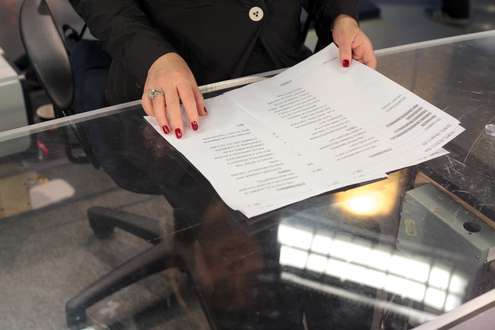
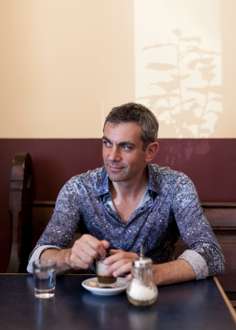
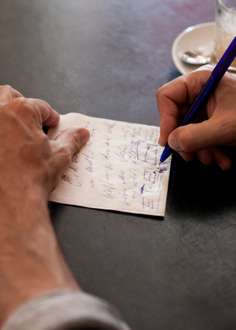


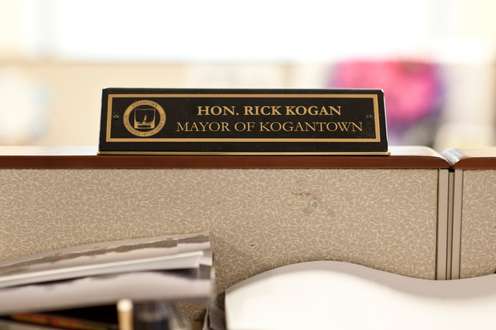
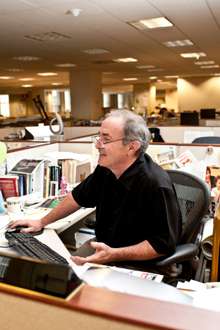
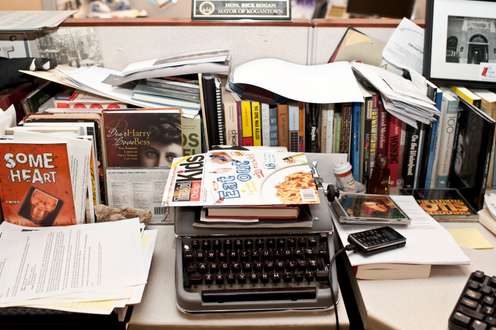
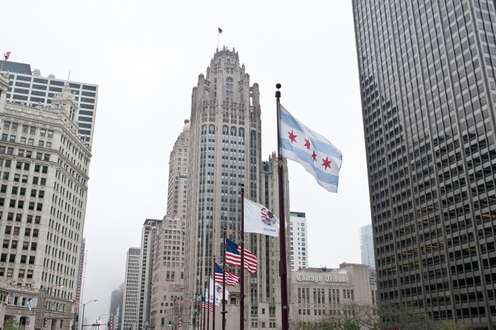
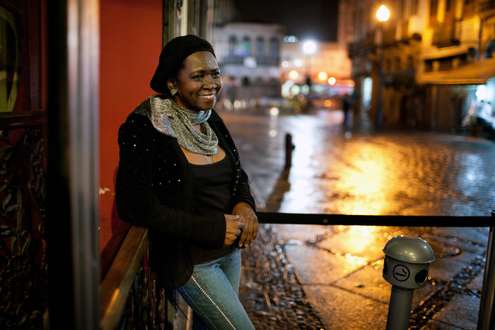
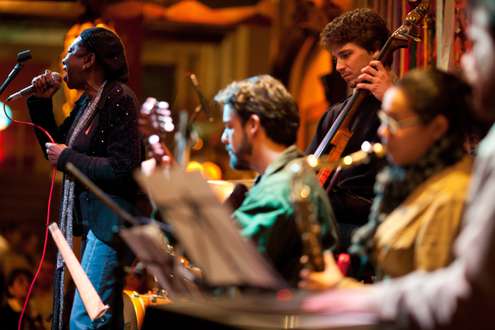
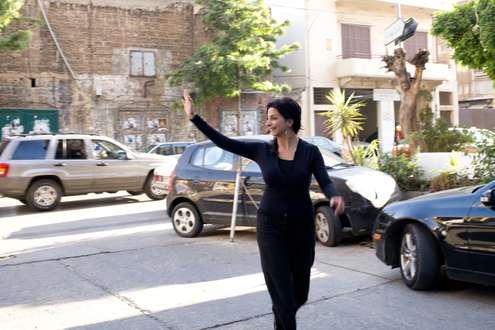

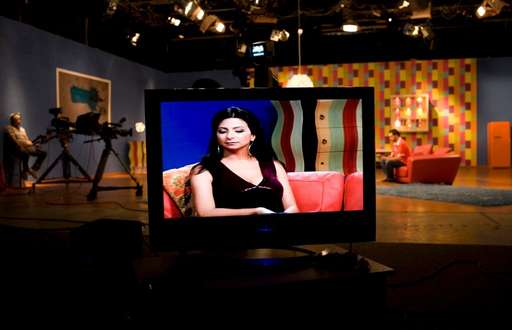

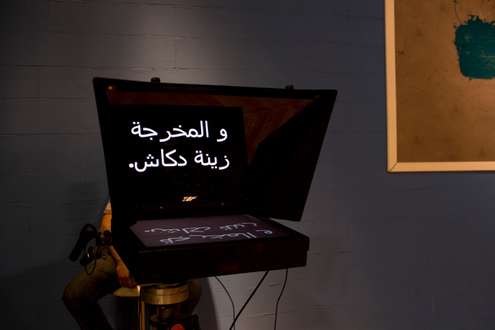
In the late 1990s a literary agent approached him after a reading and asked whether he wanted to write a book. Sure, he said. Published in 2000, Russendisko (Russian Disco: Tales of Everyday Lunacy on the Streets of Berlin) was a runaway success and the first of many books – he’s published one nearly every year since – largely focused on Berlin and its people. Titles such as Schönhauser Allee (the main thoroughfarerunning through eastern Berlin’s Prenzlauer Berg district) or Ich bin kein Berliner: ein Reiseführer für Faule Toursiten (I am not a Berliner: a Travel Guide for Lazy Tourists) contain laugh-out-loud, subtly critical observations of the city.
About the same time, Kaminer, a father of two, started DJing at the Russendisko night at Kaffee Burger, a nightlife institution on Berlin Mitte’s newly trendy Torstrasse.
“Inspiration? I don’t work at home, there are usually too many people there, but I don't have an office either. Nothing good ever came from anything written at a desk,” he laughs as he orders a fat steak in The Bird, an American restaurant on Falkplatz near his apartment and the Mauerpark (Wall Park), a green public space running along where the Berlin Wall once stood. “Searching for stories is like hunting for mushrooms,” he says. “You find them everywhere if you keep your eyes open.”
03.
THE BROADCASTER
Rick Kogan
Chicago
His grandfather hawked newspapers on a Humboldt Park street corner. His mother wrote occasional articles for her one-time employer, the Chicago Tribune. And his father carved out a name reporting for all of the city’s leading dailies over a half-century career. But it was a vision at 16 years old, after an evening spent answering phones for the Chicago Sun-Times during the 1968 Democratic National Convention, that pushed Rick Kogan into journalism.
“I walked out of the basement of the Hilton on Michigan Avenue with shaggy hair, wearing my father’s old Marine Corps jacket and right there in front of me I see the police kicking the shit out of all these people who looked like me,” says Kogan, describing the era-defining, 28 August riots. “That was a life-altering experience, alerting me to what was going in the world.”
Over the past 40 years, Kogan has held key positions – staff writer, film critic, crime reporter, morning show host, nightlife columnist, entertainment editor and more – at a variety of local media outlets. In 1999 he was named the city’s best reporter by the Illinois Press Association and won a public affairs Emmy for a live radio show with the film critic Richard Roeper. Today he publishes a new non-fiction book every few years, writes a column in the Tribune and hosts a Sunday radio broadcast and a weekly stage and radio show.
When he needs a break, Kogan visits the Michigan Avenue Bridge, which spans the Chicago River just steps from his office. “That, for me, is the place where it all comes together,” he says in a gravelly rumble ideal for radio and storytelling. “You are standing above what was the cabin of Jean Du Sable, the first permanent settler in Chicago [in 1790], who was a black man.”
“History is always whispering here,” he says. “In the fingers of some young reporter, there is the ghost, the spirit of Mike Royko. And some young architect trying to find his style may see the visions of Louis Sullivan – all of these voices inform and help the city.”
04.
THE VOICE
Áurea Martins
Rio de Janeiro
Áurea Martins doesn’t go to the beach and has never visited Rio’s Christ the Redeemer statue. “It doesn’t interest me in the slightest,” the spritely 70-year-old jokes at her fourth floor apartment in Rio’s Flamengo neighbourhood. “I don’t like heights.”
For Martins, a critically acclaimed singer who has been performing in the city’s downtown samba clubs since the 1960s, Rio de Janeiro is about one thing and one thing only: music.
“I’m Carioca to the bone,” she says, using the local word for Rio residents. “But I’ve never been to a beach here. For me [living in the city] is about defending samba, promoting popular Brazilian music and presenting Rio de Janeiro in a positive way.”
Martins, now considered one of Brazil’s finest female voices, was born in suburban Rio in 1940 and began singing as a child, first in a local choir, then alongside her uncles, who were musicians, and her grandmother, who played the banjo. It was the start of a lengthy career that has seen her tour Europe, rub shoulders with the likes of Burt Bacharach and Tony Bennett, and become a permanent fixture on Rio’s stages – an idol for up-and-coming musicians and a flag-bearer for Brazilian culture. These days she performs solo, often with musicians less than a third of her age, or alongside her all-female samba combo Orquestra Lunar.
“I’ve never stopped being a nightclub singer. I like singing in clubs. There’s not all that strictness. You feel more comfortable,” she says. When she is not on stage or in the studio, Martins kicks back on her sofa and listens to jazz or drinks wine with her producer at a local street bar. Sometimes she’ll stroll along the harbour just down the road from her apartment – but never as far as the beach. Her plans for retirement follow the same infinite logic as a night out in Rio. “Not yet,” she says. “Just a little bit more.”
05.
THE ACTRESS
Zeina Daccache
Beirut
Lebanon’s Zeina Daccache, gained popular acclaim with her role as Izo, the ditsy blonde on the political satire show Basmet al-Watan (The Nation’s Smiles). In one memorable episode, she locks Lebanon’s politicians in a room and inadvertently loses the key. Aired on LBC, one of the country’s main networks, the show like everything else in Lebanon, has a political tint. But it’s a welcome break for her audience.
Popular with the middle class, the show is shot outside conventional studios, in real homes and streets. Filmed weekly, it closely follows the news and reflects the general obsession with politics and politicians. “I think the show helps viewers put a bit of distance [between themselves and] the mess we are in,” says Daccache.
Not content with her role as Izo, the 33-year-old actress has used her acting skills to become one of the first drama therapists in Lebanon. Working in the largest prison, she became a national hero after convincing 40 inmates to learn their lines for her play 12 Angry Lebanese.
“If people recognise me in the street, they usually thank me for giving them hope or making them laugh. I ask them half jokingly, ‘but who will take care of me?’” Daccache, who switches effortlessly from Arabic, to French, English and Italian, knows how to talk to people no matter their background or orientation. For her Beirut is a “very rich puzzle with all its different groups.” But, she adds: “Beirutis are confused – they don’t know if they want to be Europeans or Arabs.”
The frenetic construction which is replacing traditional architecture is not helping Beirut’s identity crisis, caught between two worlds. “If I were mayor, I would stop this insanity and plant trees.” In her own way, Daccache is providing the city – and the country – with some much needed therapy.


